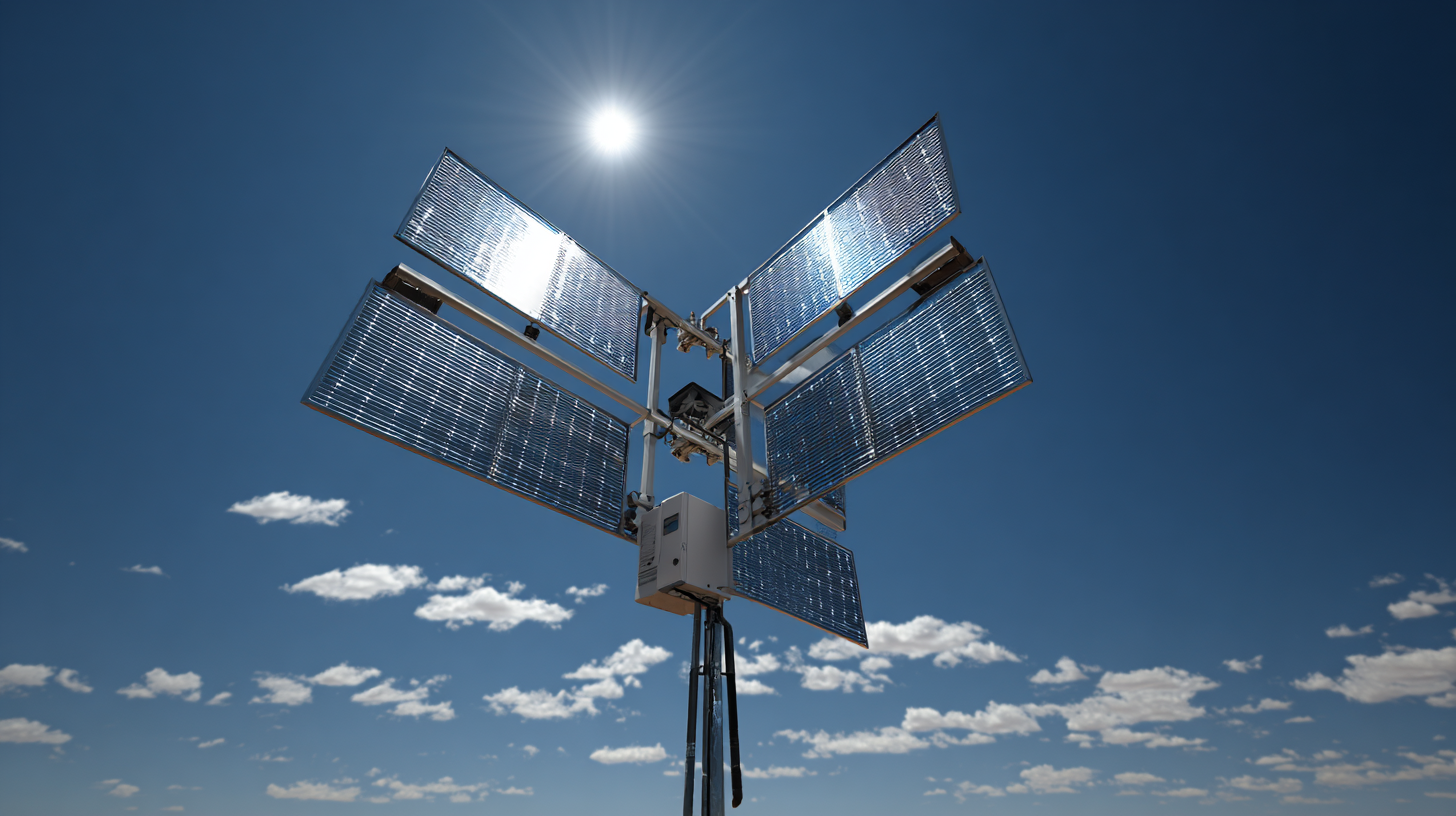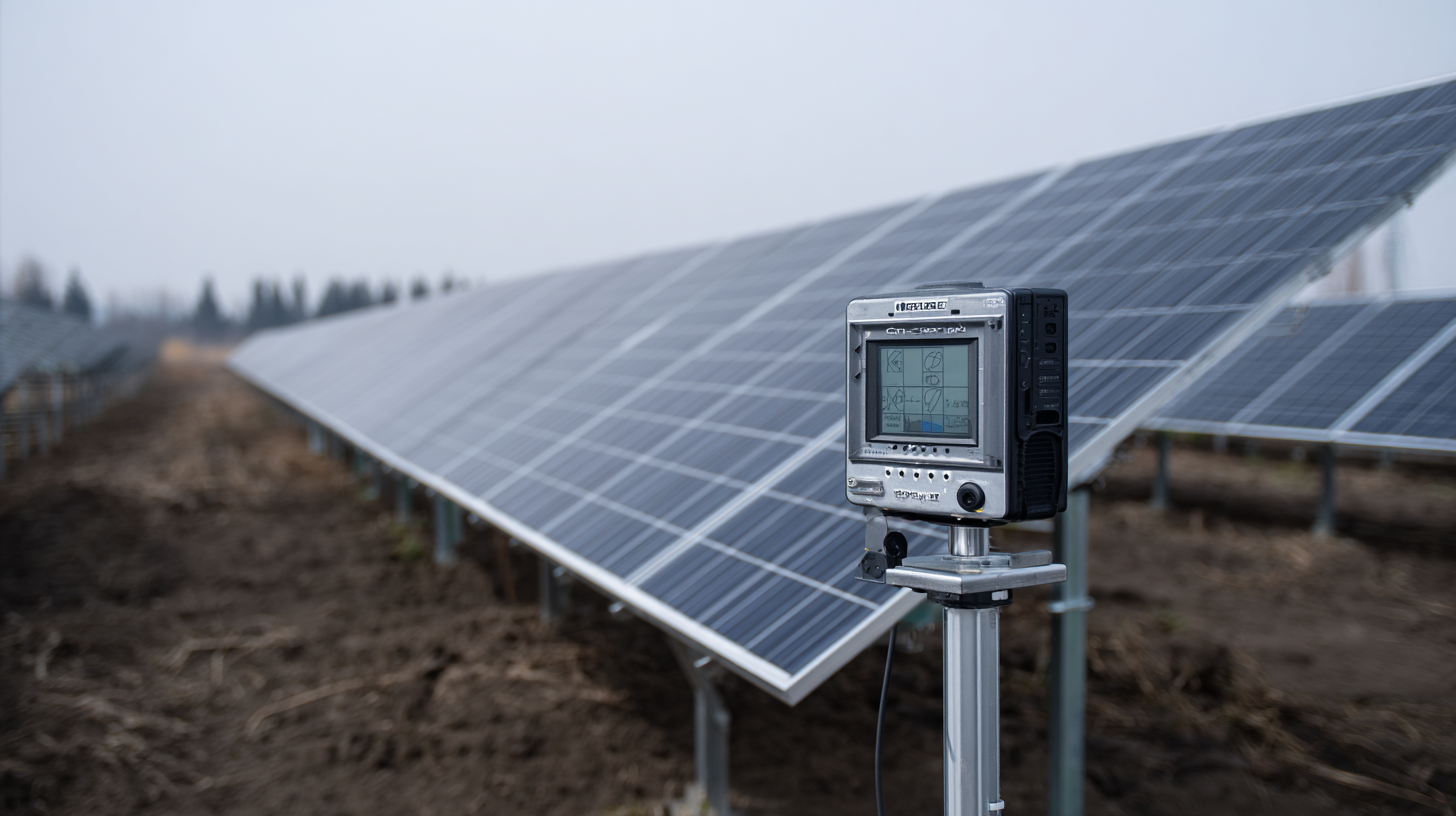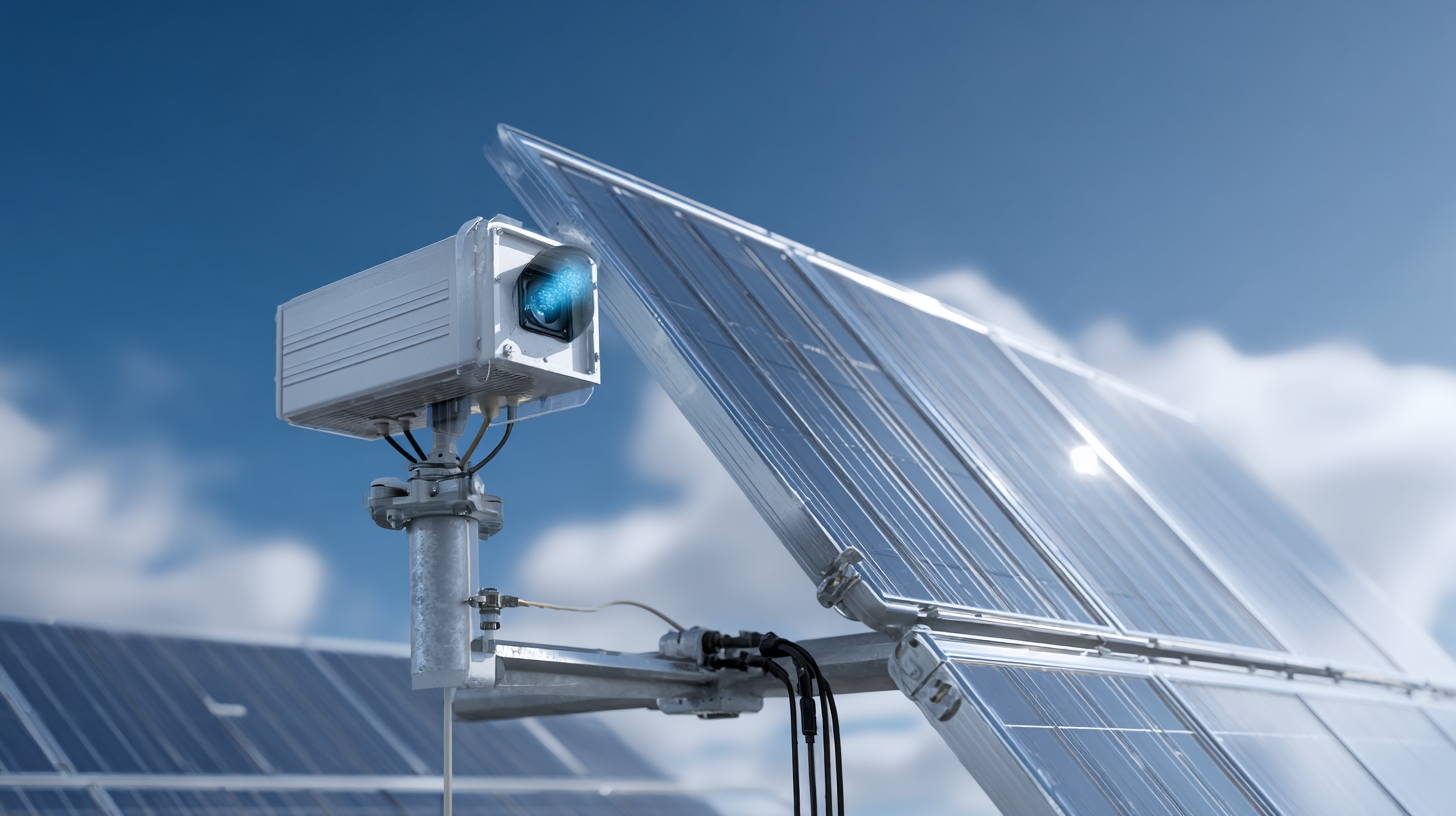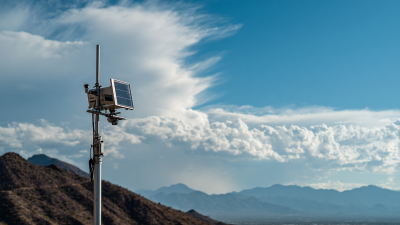The Role of Solar Irradiance Sensors in Optimizing Renewable Energy Systems
The integration of renewable energy systems has become increasingly critical in the global push for sustainable energy solutions. At the heart of optimizing these systems is the solar irradiance sensor, a device that measures the amount of solar energy reaching a given surface area. By accurately assessing solar irradiance levels, these sensors play a pivotal role in enhancing the efficiency and effectiveness of solar power generation. They enable real-time monitoring of solar conditions, allowing for dynamic adjustments in solar panel orientation and energy storage management. As a result, the utilization of solar irradiance sensors not only maximizes energy capture but also contributes to the economic viability of solar energy systems. This discussion will delve into the various types of solar irradiance sensors, their functionalities, and their impact on the advancement of renewable energy technologies.

The Importance of Solar Irradiance Sensors in Renewable Energy Optimization
Solar irradiance sensors play a crucial role in optimizing renewable energy systems, particularly in the context of solar power generation. By accurately measuring the amount of solar energy reaching a specific area, these sensors provide essential data that helps in evaluating the performance of solar panels and designing more efficient energy systems. The collected irradiance data enables system operators to make informed decisions regarding the placement, orientation, and tilt of solar panels, ultimately enhancing energy yield and system longevity.
Furthermore, the integration of solar irradiance sensors into energy management systems allows for real-time monitoring and adjustment of energy production. This capability is vital in optimizing the balance between energy supply and demand. With precise irradiance measurements, energy providers can forecast solar output more accurately and adjust their energy dispatch plans accordingly. This leads to better grid stability and reduced reliance on fossil fuels, reinforcing the significance of solar irradiance sensors as a cornerstone of efficient and sustainable renewable energy systems.
Understanding Solar Irradiance: Key Concepts and Measurements
Solar irradiance refers to the power of solar radiation received per unit area, commonly measured in watts per square meter (W/m²). Understanding this concept is crucial for optimizing renewable energy systems, particularly solar power installations. Accurate measurements of solar irradiance allow engineers and operators to assess the performance of photovoltaic (PV) panels under different environmental conditions. According to the National Renewable Energy Laboratory (NREL), even small variations in irradiance can lead to significant differences in energy production, emphasizing the need for precise sensors.
Implementing solar irradiance sensors can greatly enhance the efficiency of solar energy systems. These sensors help in real-time monitoring, enabling the adjustment of energy production strategies based on current weather conditions. A study from the International Energy Agency (IEA) reported that integrating high-quality irradiance data with predictive algorithms could boost solar energy output by up to 15%.
Tip: Regularly calibrate your solar irradiance sensors to ensure accuracy and reliability in energy assessments. Additionally, consider utilizing dual-axis tracking systems to maximize solar capture, especially in regions with variable sunlight throughout the year. Understanding the nuances of solar irradiance measurement can ultimately lead to more effective deployment of renewable energy resources.
Best Practices for Installing Solar Irradiance Sensors in Energy Systems
Installing solar irradiance sensors is crucial for optimizing the performance of renewable energy systems. These sensors measure the amount of solar radiation reaching a specific area, providing data that can significantly influence the design and functionality of solar energy installations. According to the Solar Energy Industries Association (SEIA), systems equipped with accurate irradiance sensors can enhance energy production by up to 20%, as they allow for real-time adjustments based on solar availability.
To ensure the effective implementation of solar irradiance sensors, following best practices during installation is essential. First, sensors should be strategically positioned to avoid shading from nearby structures or vegetation, as even minimal shading can skew data and lead to improper system adjustments. Additionally, regular calibration and maintenance are necessary; the National Renewable Energy Laboratory (NREL) suggests that sensors be checked at least once a year to maintain accuracy. Proper installation not only improves data quality but also supports better decision-making and resource allocation, ultimately leading to increased efficiency and return on investment in renewable energy systems.

Integrating Sensor Data for Enhanced Energy Harvesting Strategies
In the realm of renewable energy, particularly solar power, the integration of solar irradiance sensors plays a pivotal role in enhancing energy harvesting strategies. By accurately measuring solar radiation levels, these sensors provide crucial data that allows energy systems to adjust their operational parameters effectively. This real-time data integration facilitates improved tracking of sun movement and solar panel angles, ensuring maximum exposure to sunlight throughout the day.
Tips: To maximize the effectiveness of your solar energy system, consider investing in high-quality irradiance sensors and regularly updating your system's software to incorporate the latest data analytics tools. This can significantly improve response times and overall energy output.
Moreover, the data obtained from solar irradiance sensors can be synchronized with advanced energy management systems. This integration enables predictive modeling and advanced analytics, optimizing the energy capture during peak sunny hours while ensuring efficient energy storage and distribution. By utilizing the sensor data for predictive maintenance and operational adjustments, renewable energy systems can significantly reduce downtime and enhance overall efficiency.
Tips: Monitor sensor data trends over time to identify patterns in energy generation and consumption, helping you adjust your energy strategies proactively for better performance.
The Role of Solar Irradiance Sensors in Optimizing Renewable Energy Systems - Integrating Sensor Data for Enhanced Energy Harvesting Strategies
| Sensor Type | Location | Irradiance (W/m²) | Date | Energy Harvested (kWh) |
|---|---|---|---|---|
| Pyranometer | Rooftop - City A | 850 | 2023-08-01 | 12.5 |
| Pyrheliometer | Ground - City B | 900 | 2023-08-02 | 13.8 |
| Spectroradiometer | Field - City C | 980 | 2023-08-03 | 15.0 |
| Photodiode Sensor | Rooftop - City D | 750 | 2023-08-04 | 10.2 |
| Multi-channel Sensor | Solar Farm - City E | 1100 | 2023-08-05 | 16.5 |
Future Trends: Advances in Solar Irradiance Sensor Technology
Recent advances in solar irradiance sensor technology have significantly enhanced the efficiency of renewable energy systems. These sensors measure the amount and quality of solar radiation received in real time, enabling system operators to make informed decisions regarding energy generation and usage. As the demand for clean energy continues to grow, innovations in sensor accuracy and integration into smart grid systems are becoming paramount. Enhanced sensitivity and data processing capabilities allow solar irradiance sensors to adapt to varying atmospheric conditions, ensuring optimal performance of photovoltaic systems.
Looking ahead, future trends in solar irradiance sensor technology include the development of wireless and IoT-enabled devices that facilitate greater data accessibility and connectivity. This will not only streamline monitoring processes but also enhance the ability to predict energy production based on weather forecasts and historical irradiance data. Furthermore, emerging materials such as perovskite-based sensors promise to improve efficiency and reduce costs, making solar technologies more accessible. As this field evolves, we can expect to see a more sophisticated interplay between solar irradiance measurements and renewable energy management, paving the way for smarter, more resilient energy systems.

Related Posts
-

Understanding Solar Radiation Sensors and Their Role in Climate Studies
-

7 Key Reasons Thermal Conductivity Testing is Essential for Modern Manufacturing Success
-

How to Select the Right Heat Flow Meter for Your Industrial Needs
-

Understanding Thermal Conductivity Testing for Enhanced Material Performance
-

How to Optimize Your Energy Production with Effective PV Monitoring Strategies
-

Ultimate Guide to Mastering Thermal Conductivity Sensors for Enhanced Performance







